Hamas appoints Yahya Sinwar as leader, signaling shift toward Iran
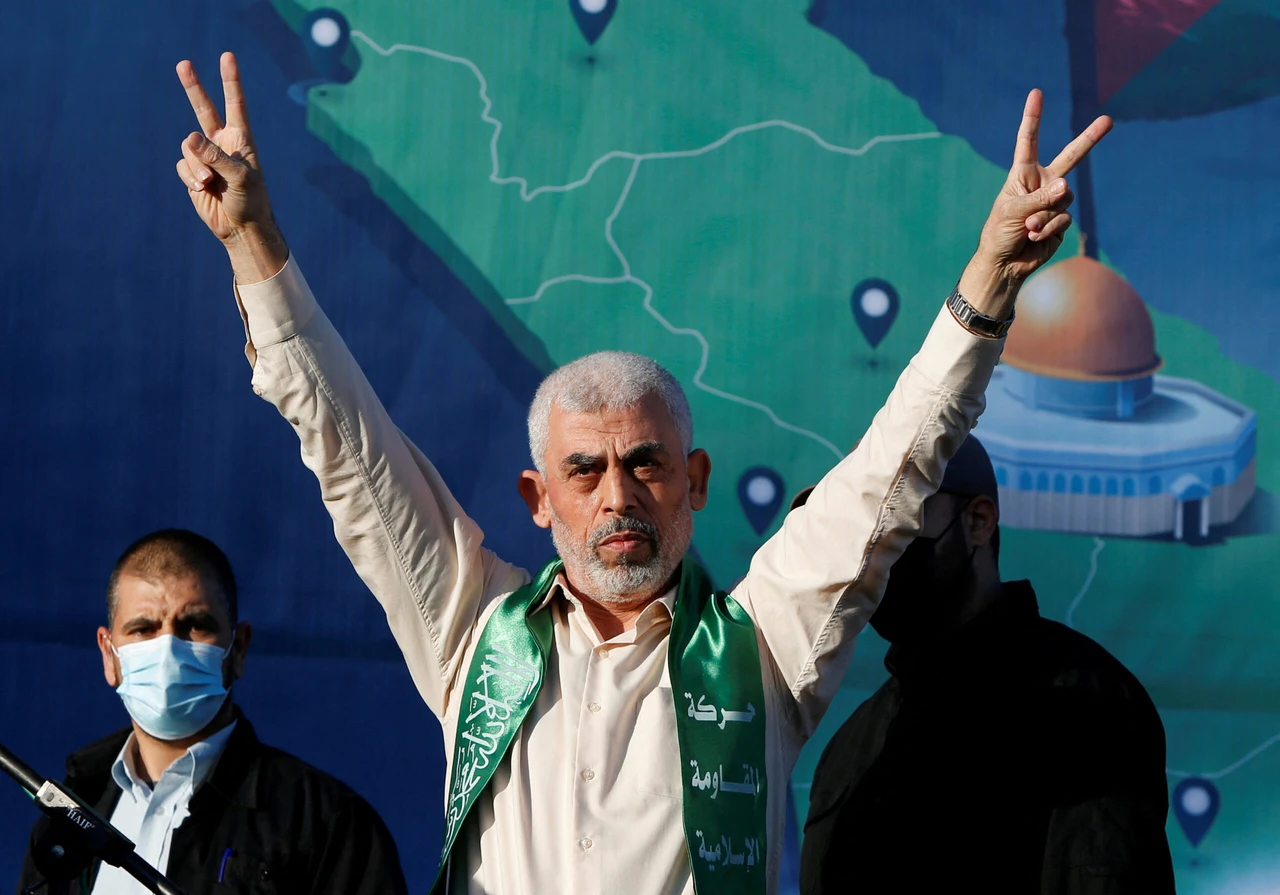 Hamas Gaza Chief Yehya Al-Sinwar gestures during an anti-Israel rally in Gaza City, May 24, 2021. (Reuters Photo)
Hamas Gaza Chief Yehya Al-Sinwar gestures during an anti-Israel rally in Gaza City, May 24, 2021. (Reuters Photo)
Yahya Sinwar, a key figure in Operation Aqsa Flood, has been appointed as the head of the Palestinian resistance group Hamas following the assassination of Ismail Haniyeh. Haniyeh was killed in Tehran on July 31, marking a significant shift in Hamas’s leadership structure.
After Haniyeh’s death, Khaled Meshaal was expected to take over as head of the political bureau.
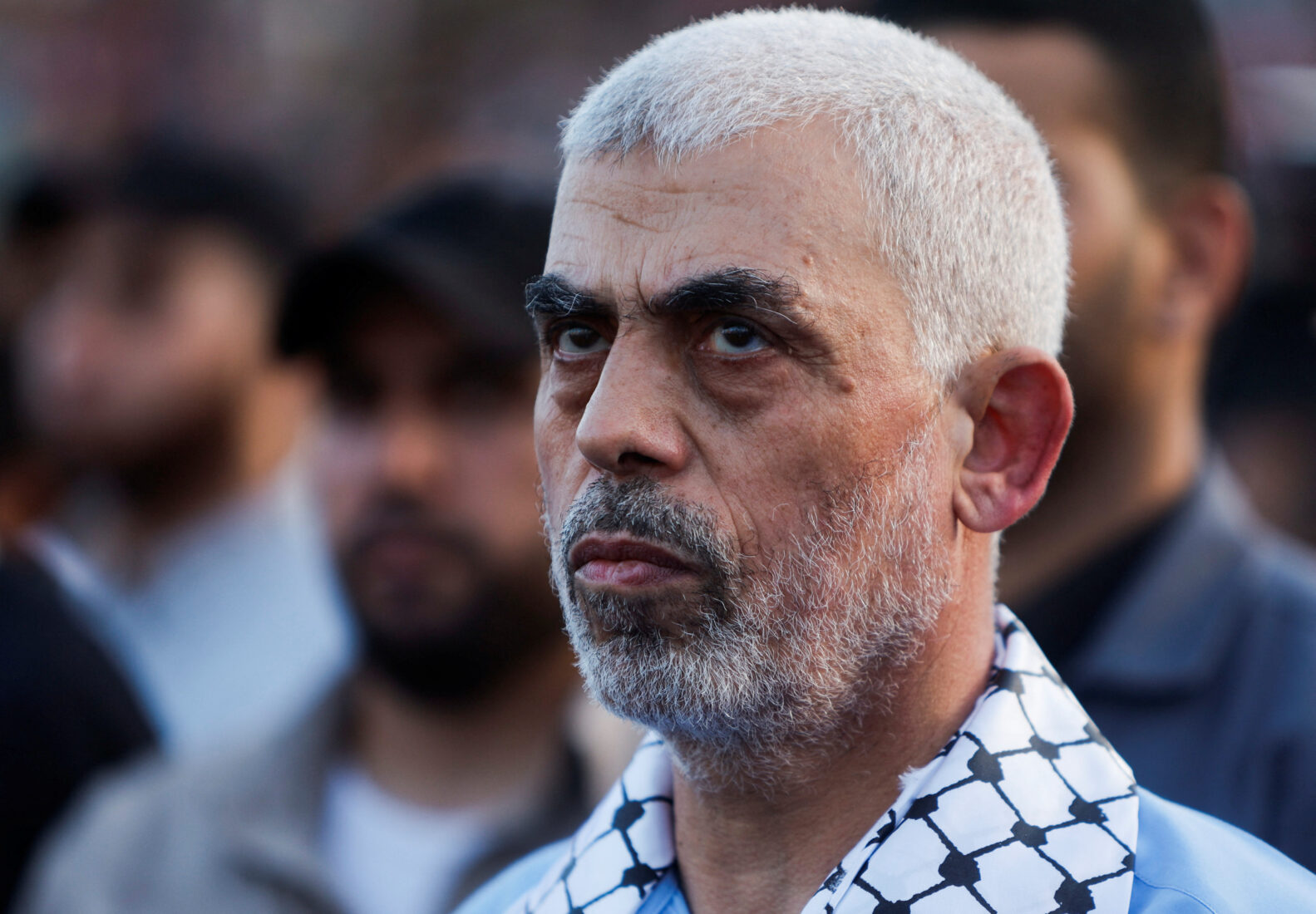

The appointment of 64-year-old Sinwar as the head of the political bureau has sparked debate about the Hamas movement’s political axis.
It has been claimed for years that there are two political cliques within the Hamas movement: pro-Türkiye and pro-Iran. Haniyeh’s friendly relations with Turkish President Recep Tayyip Erdogan and his good relations with Iran, especially with Iranian Supreme Leader Ali Khamenei, gave the impression that Haniyeh was pursuing a balanced policy between Türkiye and Iran.
However, after Haniyeh, Sinwar took office instead of Meshaal, which sparked debates about a shift in the political axis of the Hamas movement toward Iran.
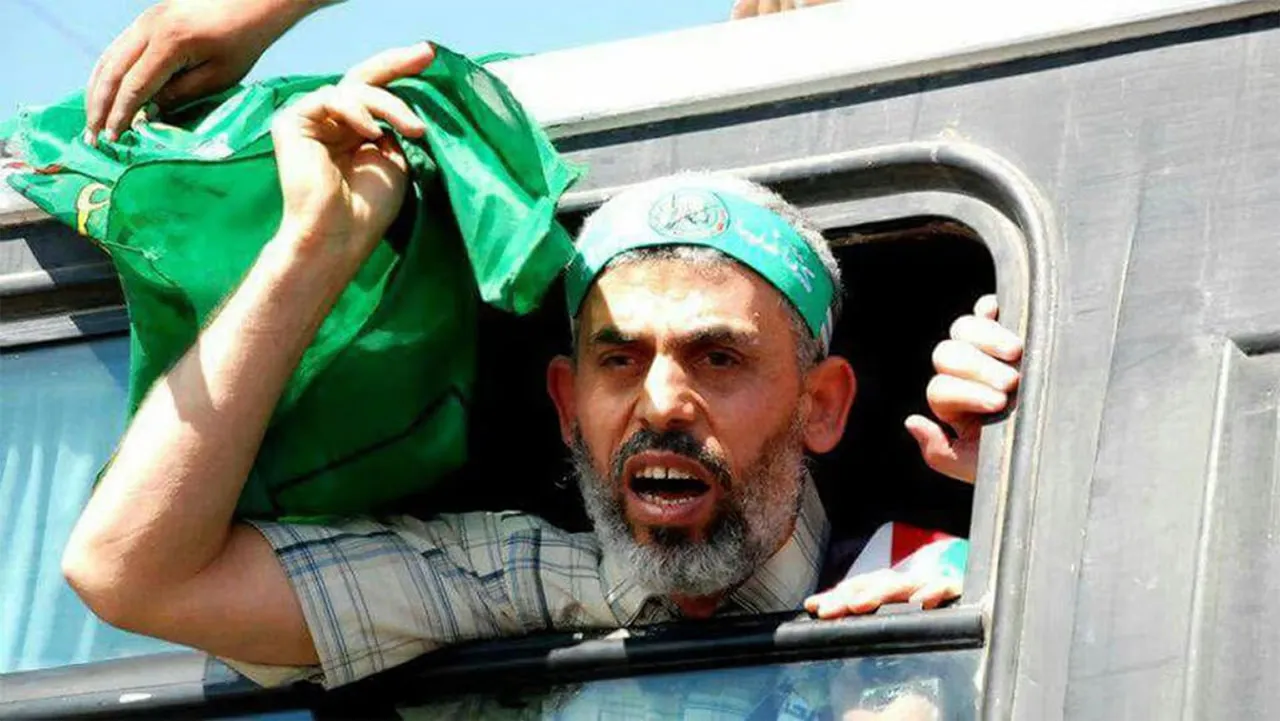
The consensus is that Sinwar has paid enough for the Gaza resistance. On Oct. 11, 2011, Hamas brokered a prisoner swap deal with Israel through Egypt, releasing Sinwar after 23 years in Israeli prisons. This significantly enhanced Sinwar’s position and political charisma within Hamas.
Shift toward Iran?
However, the fact that Sinwar has rarely traveled outside Gaza, and his personal relationships with regional countries and leaders are not as close as those of Haniyeh or Meshaal, has led some to speculate that he may “deepen the rift between the Gaza faction of Hamas and its exiled diaspora leaders.”
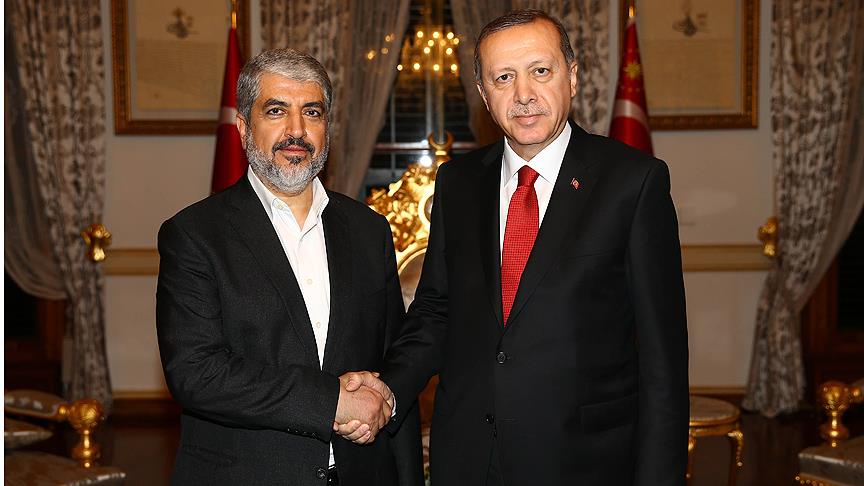
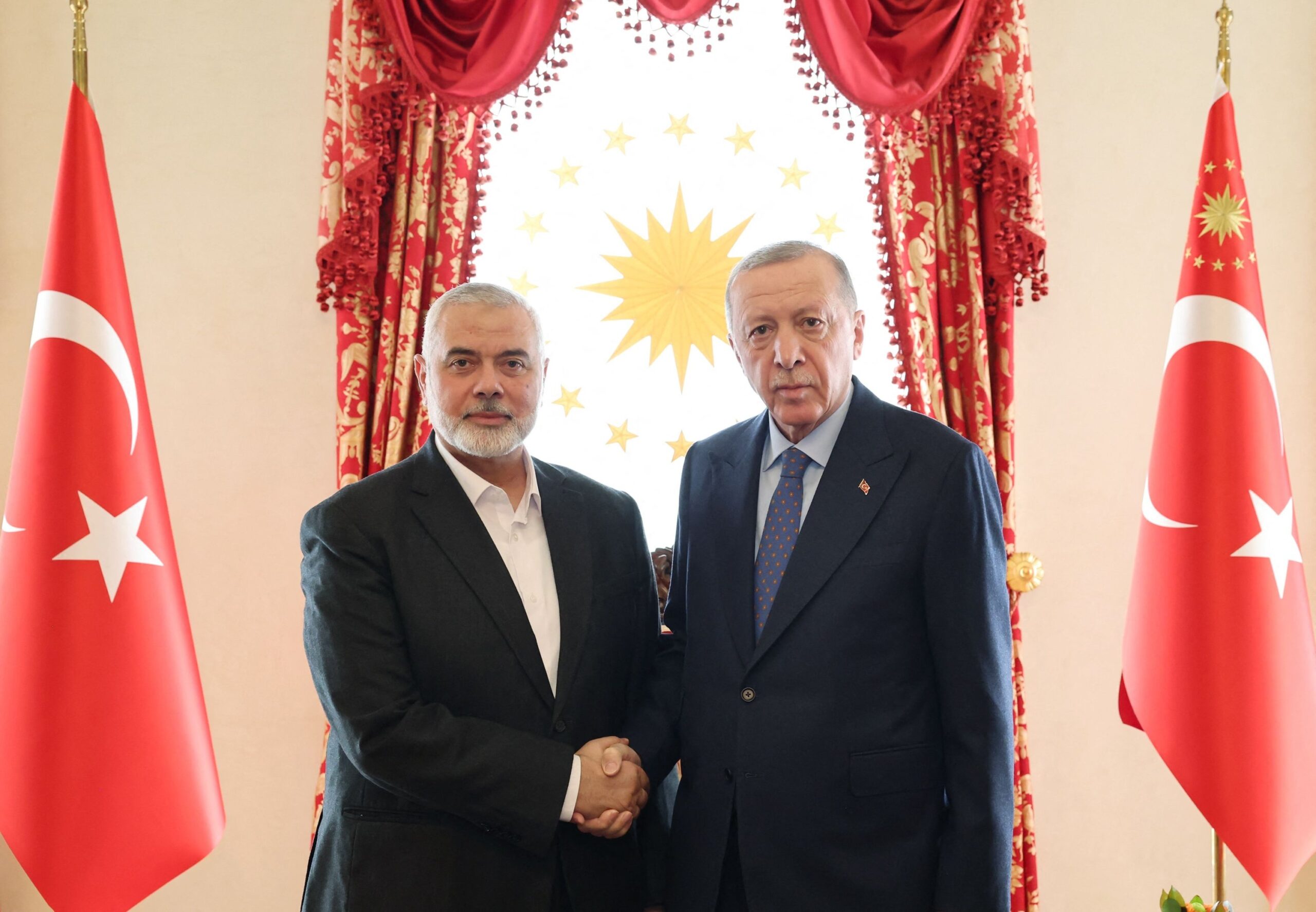
Türkiye and Qatar are working to distance the Hamas faction in Gaza from Iranian influence. Their aim is to prevent Hamas from becoming an Iranian proxy and instead foster its independence from the Iranian axis.
Ankara and Doha had favored Meshaal for the Hamas leadership due to his diplomatic skills and experience. However, Sinwar’s appointment raises concerns about the future dynamics between Hamas and Türkiye, Qatar and Iran, potentially impacting regional alliances and influence.
The Hamas faction in Gaza may not want to upset Iran, as evidenced by Meshaal’s failure to become the movement’s leader. It is known that Meshaal is not on favorable terms with Syrian regime leader Bashar Assad, who has very close ties with Iran.
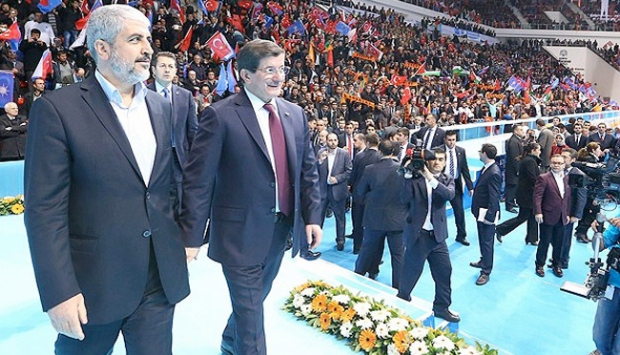
The 2011 protests forced Hamas to take a stand against the Assad regime. During his visit to Damascus on April 6, 2011, then-Turkish Foreign Minister Ahmet Davutoglu met with Meshaal and convinced him to leave Damascus. As a result, Hamas completely severed ties with Syria in January 2012.
A few months later, during a visit to Türkiye, Meshaal moved to Doha, Qatar, and said, “We salute the revolution of the Syrian people who seek freedom. The blood of the massive people is flowing because they want democracy,” completely severing ties with Damascus.
Therefore, there is a compelling argument that Hamas did not select Meshaal to avoid offending Iran and Syria.
It should also be noted that Sinwar is blacklisted by the U.S.
Turkish journalist Yunus Paksoy wrote in a post after Sinwar took the helm of Hamas: “In a meeting I had with a senior White House official in December, he openly said that they would kill Sinwar.”
According to Paksoy, the senior official said of Sinwar, “His days are numbered. He has American blood on his hands. No matter how long it takes, justice will be served.”
At this point, Sinwar’s appointment as Hamas’ head brings about significant changes. The perception of Sinwar as a pro-Iranian figure implies a potential shift in Hamas’ political axis towards Iran. In addition, Sinwar’s replacement of Khaled Meshaal undermines the efforts of Türkiye and Qatar to distance Hamas from Iranian influence.



